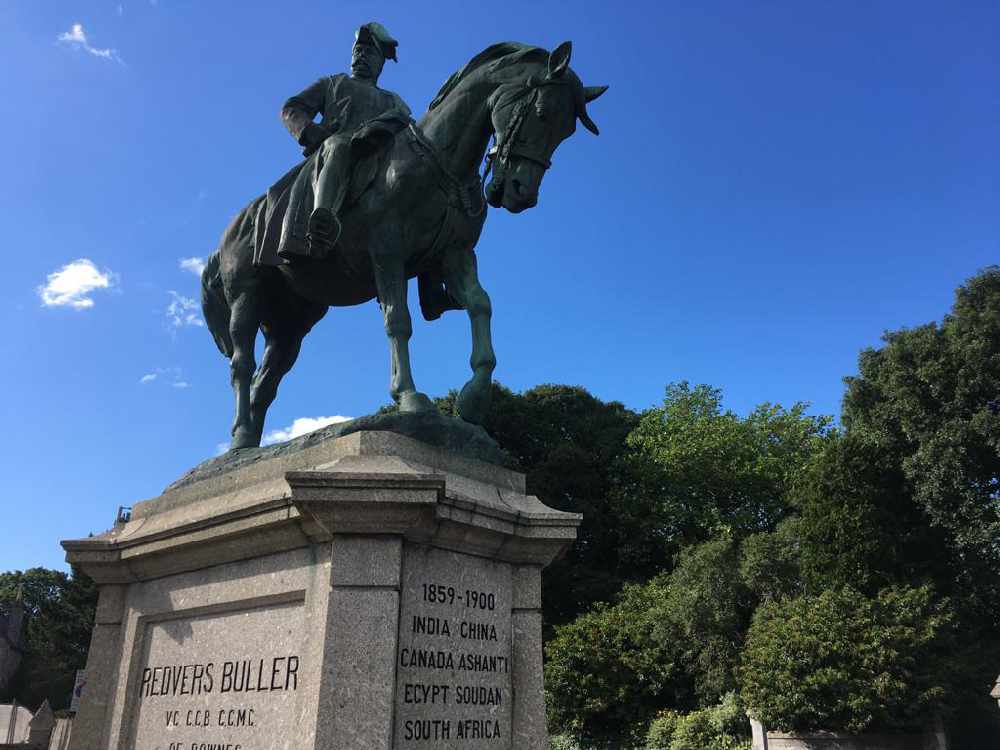
Exeter statue could be relocated
Exeter councillors are to be asked to support plans that could see Exeter’s General Buller statue relocated.
The bronze of General Sir Redvers Buller and his horse Biffen stands on the corner of New North Road and Hele Road outside the entrance to Exeter College. But last year calls were made to review it, not only because of the man it portrays, but because of the names carved on the plinth of colonial campaigns which sought to advance British imperialist interests.
The July 2020 meeting of Exeter City Council’s executive decided to investigate the appropriateness of the statue in its current location.
The report to a meeting next Tuesday asks them to establish a working group to develop an anti-racism strategy for the council, and also for a new public art strategy for the city to be created.
And the executive is asked to that, without prejudice to a final decision on the matter, an application be made for listing building consent for the relocation of the statue to an alternative location.
This will provide an opportunity for public consultation on the proposal and that in the meantime, temporary information boards be erected near to the statue.
Director Jon-Paul Hedge, in his report, says: “The statue of General Buller was erected in 1905 during his lifetime, and paid for by public subscription. He was something of a controversial figure at the time but was apparently popular with many in Exeter.
“The statue has today become a cause of some public debate not only because of the man it portrays, but because of the names carved on the plinth of colonial campaigns which sought to advance British imperialist interests in other countries.
“This decision was made within the context of the Black Lives Matter movement against systemic racism and followed campaigns within a number of towns and cities across the UK to reconsider the present appropriateness of statues, especially those of prominent people involved in the transatlantic slave trade or advancing British imperialism and colonialism.”
The Scrutiny Task and Finish Group met on four occasions and took written and oral submissions from a range of stakeholders, including local historians and history groups, local Black, Asian and Minority Ethnic Community Groups and a historian who has worked with Bristol City Council on their review into the siting of the statue of Edward Colston.
Following a discussion on the findings, the group members submitted their own position statements on the matter, which were also discussed, with three members voting to relocate the statue and two voting for it to remain in place.
The report says that discussions among the group included that the current location is inappropriate because it is outside an educational establishment which includes young people from diverse backgrounds, but that the statue’s future location should not be somewhere hidden from the public but be in a place, and linked to an organisation, that is in a better position to work with the public on the interpretation of the statue.
They also discussed that the advancement of the British Empire was founded on the premise that other nations and peoples were inferior, and British colonisation and rule would only be of benefit to them, and this statue and others like it cause pain to people from Black, Asian and minority ethnic backgrounds as they serve as a constant reminder of the trauma that colonised countries experienced which gets passed down generations.
Consideration should be given to whether the statement “He saved Natal” on the plinth should be removed, was also a conclusion they made.
Mr Hedge’s report adds: “The Task and Finish Group decision is not based only on an assessment of General Buller himself or of the time in which he lived. The decision is also based on assessment of the role that public statues should have in reflecting present-day values of inclusivity in the city, and the appropriateness of its current location.
“The Task and Finish Group feel that the debate around this statue is an opportunity to conduct a wider conversation with the residents of Exeter on the role of public art in the city, and a working group including the University of Exeter and Exeter Culture, will be set up to begin this work with the aim to develop a public art strategy for the city.
“An Anti-Racism Strategy is a proactive document. It sets out the actions an organisation will take to tackle systemic racism within the way it operates. These actions might include scrutinising policies and procedures for implicit bias, training staff on systemic racism and unconscious bias and involving BAME residents in decision making.”
Relocating the statue will cost at least £25,000. Two temporary information boards will cost £256.80.
If agreed by the executive when they meet next Tuesday, an application would be made for listing building consent for the relocation of the statue to an alternative location, although this would not commit the council to carrying out the act.
The statue and plinth are Grade II listed and as such any relocation or changes made to it would be subject to formal Listed Building Consent under the 1990 Act, and Exeter City Council would need to seek the consent from another authority and cannot give consent to itself.
A full public consultation would then take place over the future of the Buller statue before a final decision would be made by the full council at a later date.
The statue was paid for by money raised by the people of Devon and unveiled on ‘Buller Day’ in 1905.
It is currently situated on land owned by Devon County Council, with the monument itself maintained by the city council.
Buller served in Canada, China and most famously in South Africa in the Zulu Wars. It was here an operation led by him went wrong and he had to withdraw under intense fire.
Some have alleged that he was partly responsible for the creation of British “concentration camps” where thousands of people died.
The statue of Buller on his horse has previously been vandalism, with in 2019 an anarchist symbol and the word “scum” have been daubed on the statue, while banners saying ‘wanting for war crimes’ had also been hung on it.
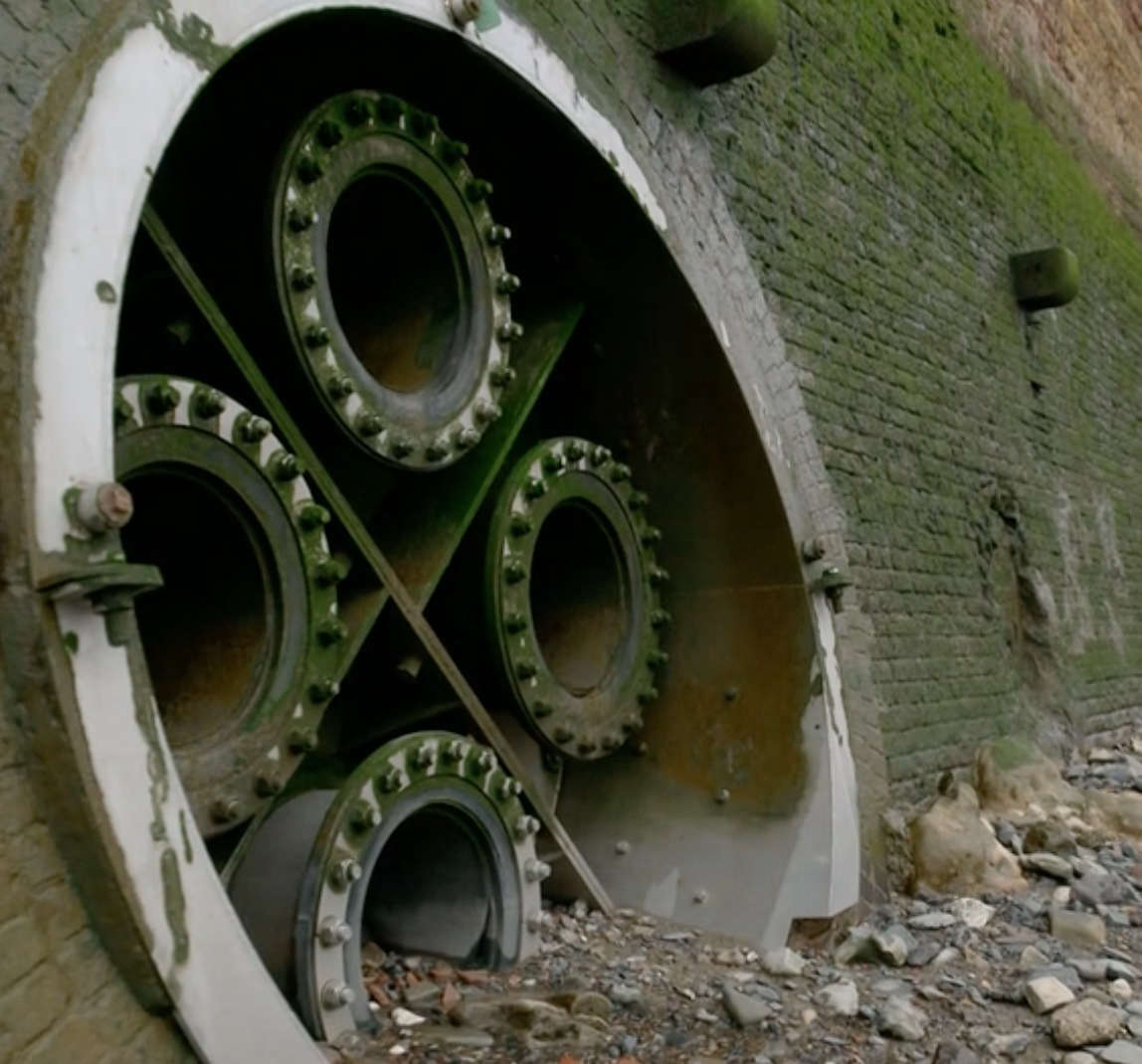 Storm overflow prevention work set for Plymouth
Storm overflow prevention work set for Plymouth
 Help needed to find Exminster pensioner
Help needed to find Exminster pensioner
 City lose at home again
City lose at home again
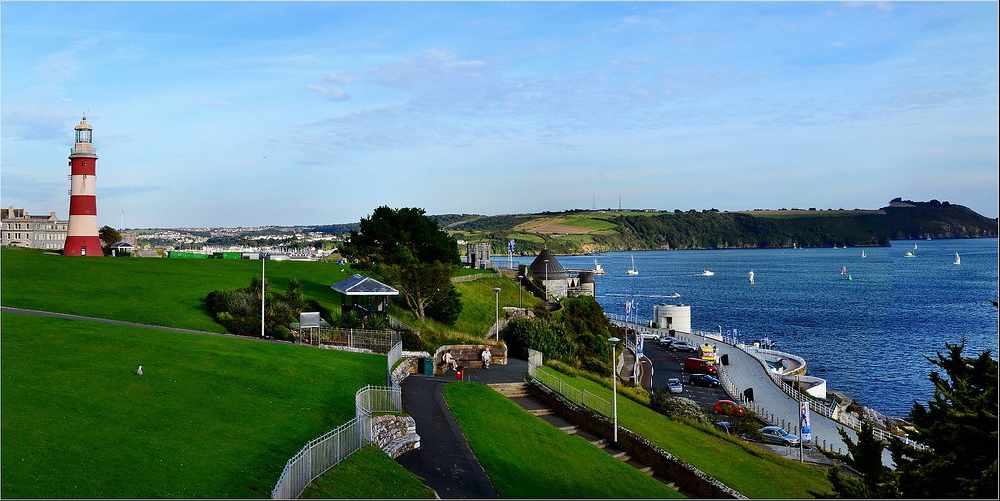 Calls for inclusion on Plymouth lord mayor role
Calls for inclusion on Plymouth lord mayor role
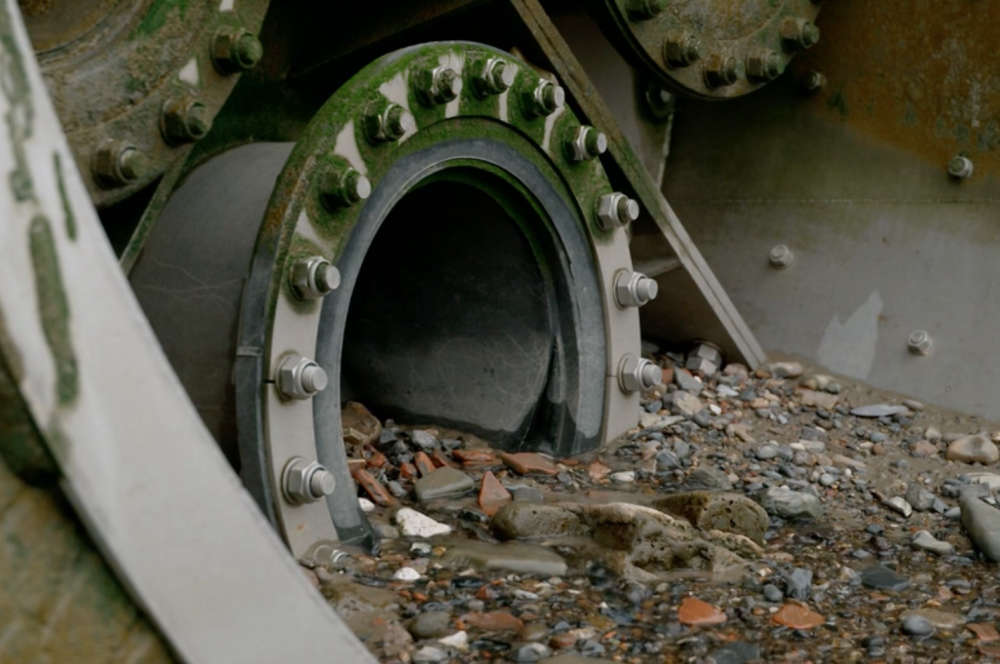 Upgrades to Plymouth storm overflows to take place
Upgrades to Plymouth storm overflows to take place
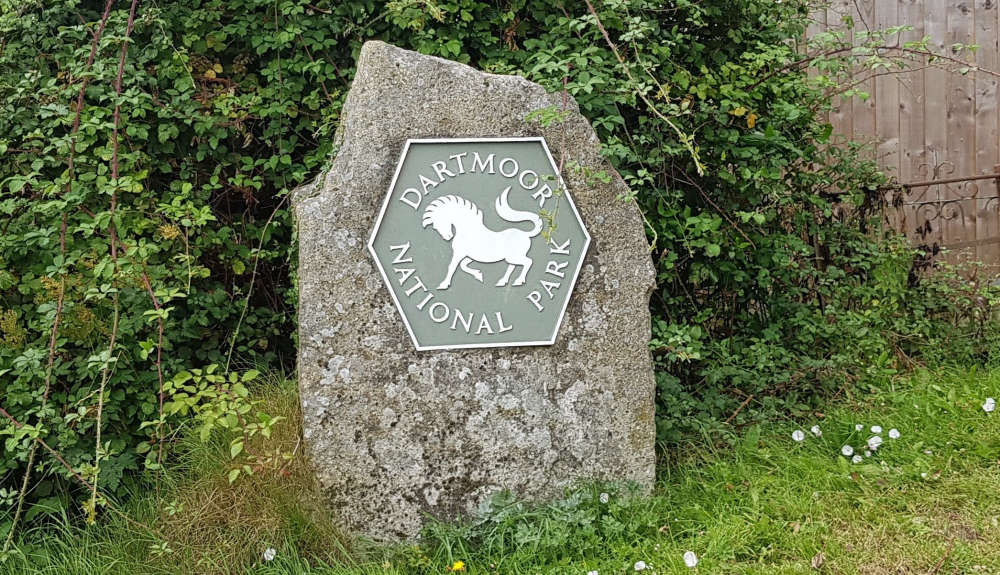 Dartmoor finances facing biggest cut for years
Dartmoor finances facing biggest cut for years
